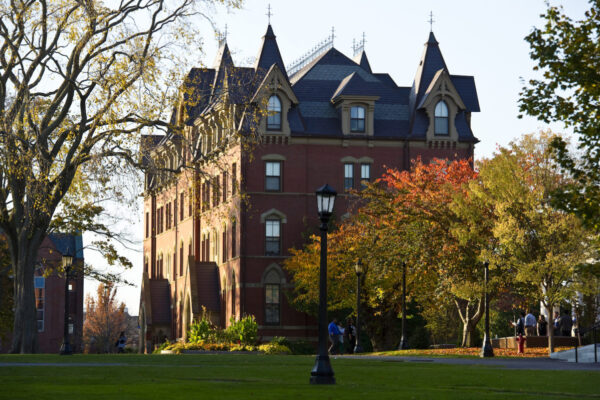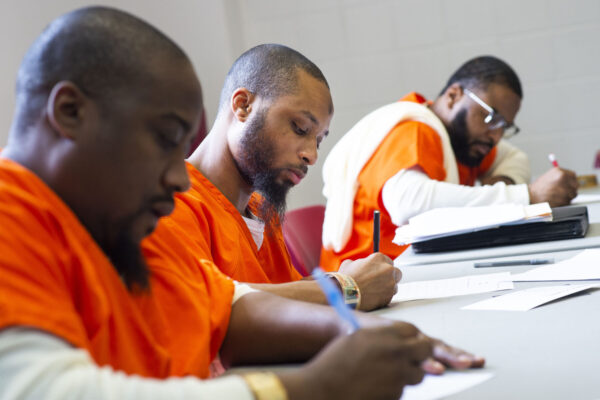The Impact of the Second Chance Pell Initiative in Prisons
Title: Second Chance Pell: Five Years of Expanding Higher Education Programs in Prisons, 2016–2021
Authors: Kelsie Chesnut, Niloufer Taber, and Jasmine Quintana
Source: Vera Institute of Justice
Five years after the Department of Education launched the Second Chance Pell Experimental Sites Initiative (SCP), data highlights the impact of expanding postsecondary education programs in state and federal prisons.
There are currently 130 colleges and universities participating in SCP, with plans to increase the number of participating institutions in 2022. The data represents 64 of the 130 participating institutions; about 48 institutions did not enroll SCP students during the 2020-21 financial aid year due to pandemic-related impacts.
Among the findings:
- While the prison population decreased substantially in 2020-21, student enrollment at participating institutions increased, with 11,849 students enrolled across 42 states, Washington, DC, and the federal Bureau of Prisons. The total enrollment in SCP programs over five-years (2016-21) was just over 28,000 students with more than 9,000 students earning either a certificate, diploma, associate’s or bachelor’s degree during that time.
- While racial and ethnic disparities continue to exist across SCP enrollment and the U.S. prison population, credential attainment over the last year is nearly proportionate to the race and ethnicity demographics of students enrolled in SCP programs.
- Over the past year, the COVID-19 pandemic has required SCP programs to modify operations, with 37 percent of participating institutions unable to start or continue during the 2020-21 financial aid year. These challenges have led to changes in modes of instruction, with more SCP programs adopting asynchronous, distance learning, and hybrid models.
- During the 2020-21 financial aid year, some programs also changed what they offer by adding new certificate and degree programs, concentrations, and majors. The challenges of the pandemic lead other participating institutions to modify course offerings due to resource constraints and staff capacity.
To read the full report, click here. For more information on Vera’s efforts to expand access to high-quality postsecondary education in prisons, click here.
—Danielle Melidona
If you have any questions or comments about this blog post, please contact us.


